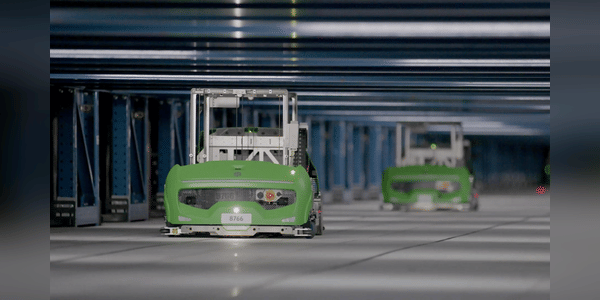Warehouse automation is no longer science fiction, but a reality that is fundamentally changing the face of supply chains. Companies around the world are looking for ways to optimize their processes and respond to the growing demand in e-commerce. Robotics and AI-based systems that not only streamline operations but also reduce costs and errors are becoming a key success factor in logistics.

One of the pioneers in this sector is a technology firm that manages warehouses for leading market players such as Walmart and Target with its automated system. Its revenue grew 57.7% to $492 million in the third quarter of fiscal 2024, and its technology remains one of the most in-demand solutions in logistics.
Company introduction
Symbotic $SYM is an American technology company that specializes in automating and optimizing warehouse and logistics processes. Its innovative approach combines robotics, artificial intelligence and sophisticated software platforms to fundamentally change the way…